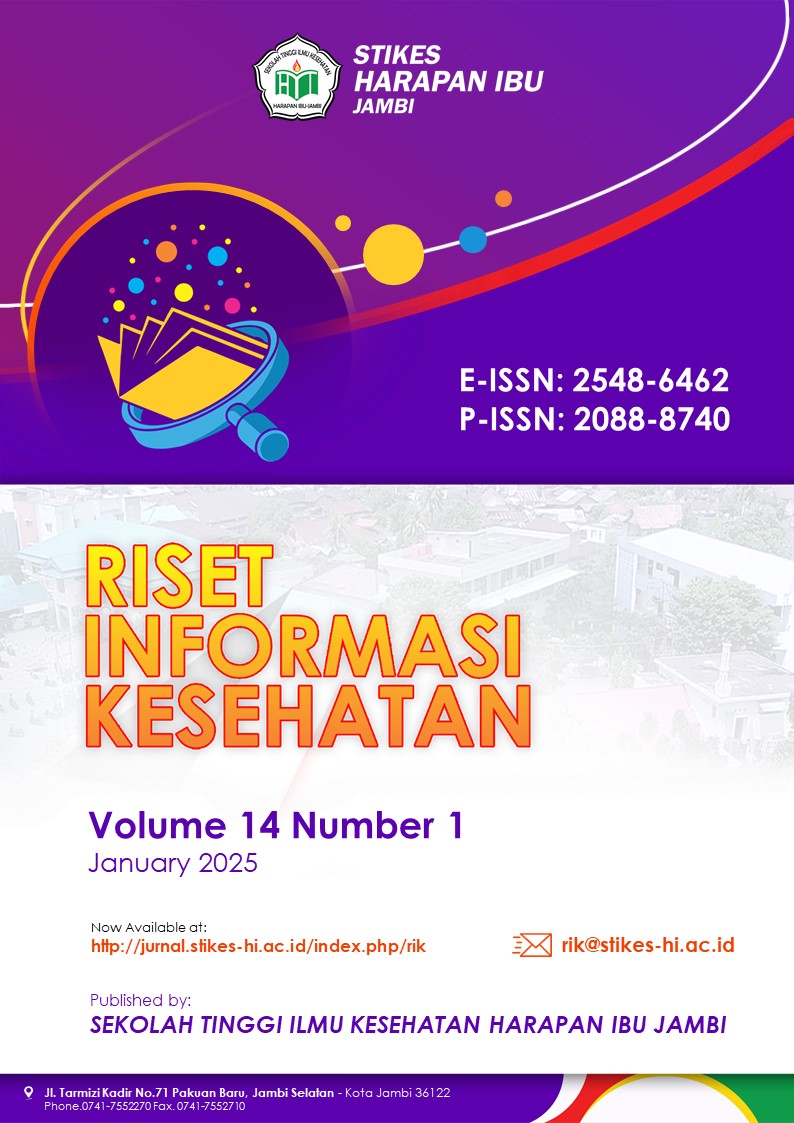Abstract
Background: Natural disasters that often occur in Indonesia, such as floods, are the most common type of disaster in the world. For this reason, the SMART-B (Disaster Response Community Unit) program was designed as one of the steps to form a community that has the knowledge to be able to adapt in flood-prone areas, face flood threats, and recover quickly from various disaster impacts. This study aims to determine the level of community knowledge of the SMART-B (Disaster Response Community Unit) program in flood-prone areas in Sejinjang Village.
Method: This research method is descriptive research with a cross-sectional approach using the Cluster Random Sampling technique, which is a sampling process by dividing the population based on clusters or regions. The study population amounted to 1,076 family heads, with the number of samples studied as many as 94 family heads.
Results: The results showed that out of 94 respondents, the dominant level of knowledge was in the good category as many as 15 respondents (16%), sufficient as many as 69 respondents (73.4%), and less as many as 10 respondents (10.6%).
Conclusion: Thus, it can be concluded that the level of community knowledge of the SMART-B (Disaster Response Community Unit) program in flood-prone areas in Sejinjang Village falls into the 'good enough' category.

This work is licensed under a Creative Commons Attribution 4.0 International License.
Copyright (c) 2025 Riset Informasi Kesehatan

